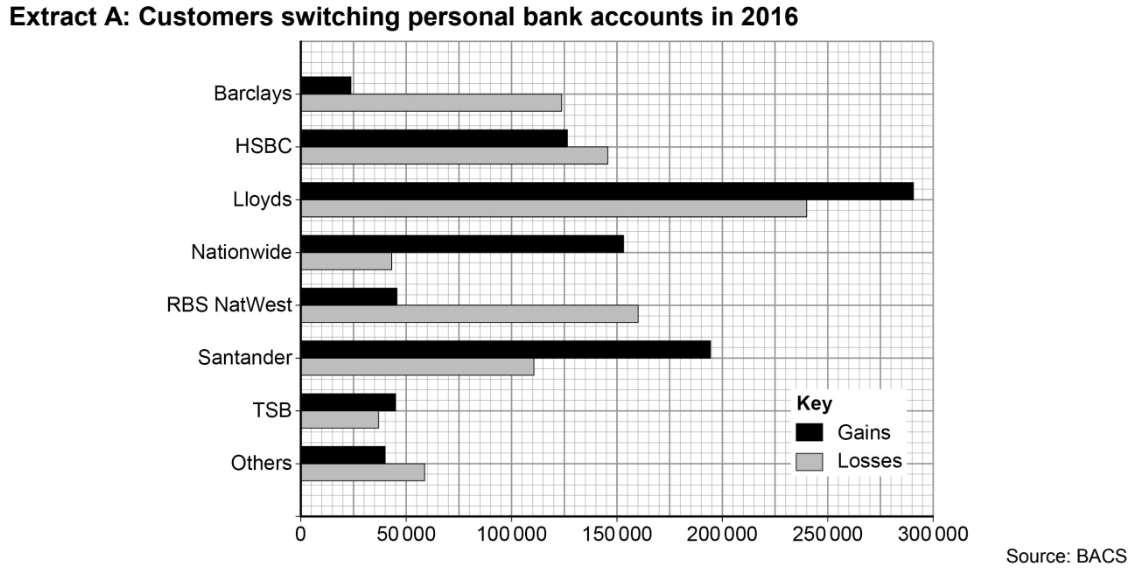Extract E describes the British railway sector as a ‘natural monopoly’, which was split up into ‘no less than 100 pieces’ when it was privatised.
With the help of a diagram, explain why breaking up a natural monopoly in rail may affect long-run average costs
Extract E: Privatisation of British Rail
‘More competition, greater efficiency and a wider choice of services’, proclaimed the 1992 Government white paper that advocated the privatisation of British Rail. Two decades on, passenger journeys have more than doubled from 735 million in 1994–5, to 1.7bn in 2016–17
But how much of this is due to the benefits of privatisation, rather than factors such as increasing urban congestion and a rising population? The UK’s trains and tracks are more intensively used than in any other European market except the Netherlands. Investment is up, at around four times (in real terms) the £1.6bn a year it averaged in the late 1980s. The data on service quality are mixed. The UK performs well in terms of punctuality and reliability, but many journeys are uncomfortable. At peak hours 23% of London commuters have to stand. Instead of pushing British Rail into the private sector as a natural monopoly, the Government split it up and sold it in no less than 100 pieces between 1995 and 1997
Privatisation was supposed to unleash efficiencies that would justify the returns private operators demand for their services. However, a recent study shows that the cost of running the UK’s railways is 40% higher than in the rest of Europe. “The train you catch is owned by a bank, leased to a private company, which has a franchise from the Department for Transport to run it on track owned by Network Rail, all regulated by another office, and paid for by taxpayers or passengers,” says Prof John Stittle. Since 1996, government subsidies have almost doubled in real terms. Ticket prices are now 25% higher in real terms than in 1995 and 30% higher than in France, Sweden and Switzerland







